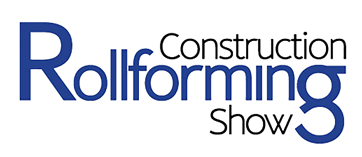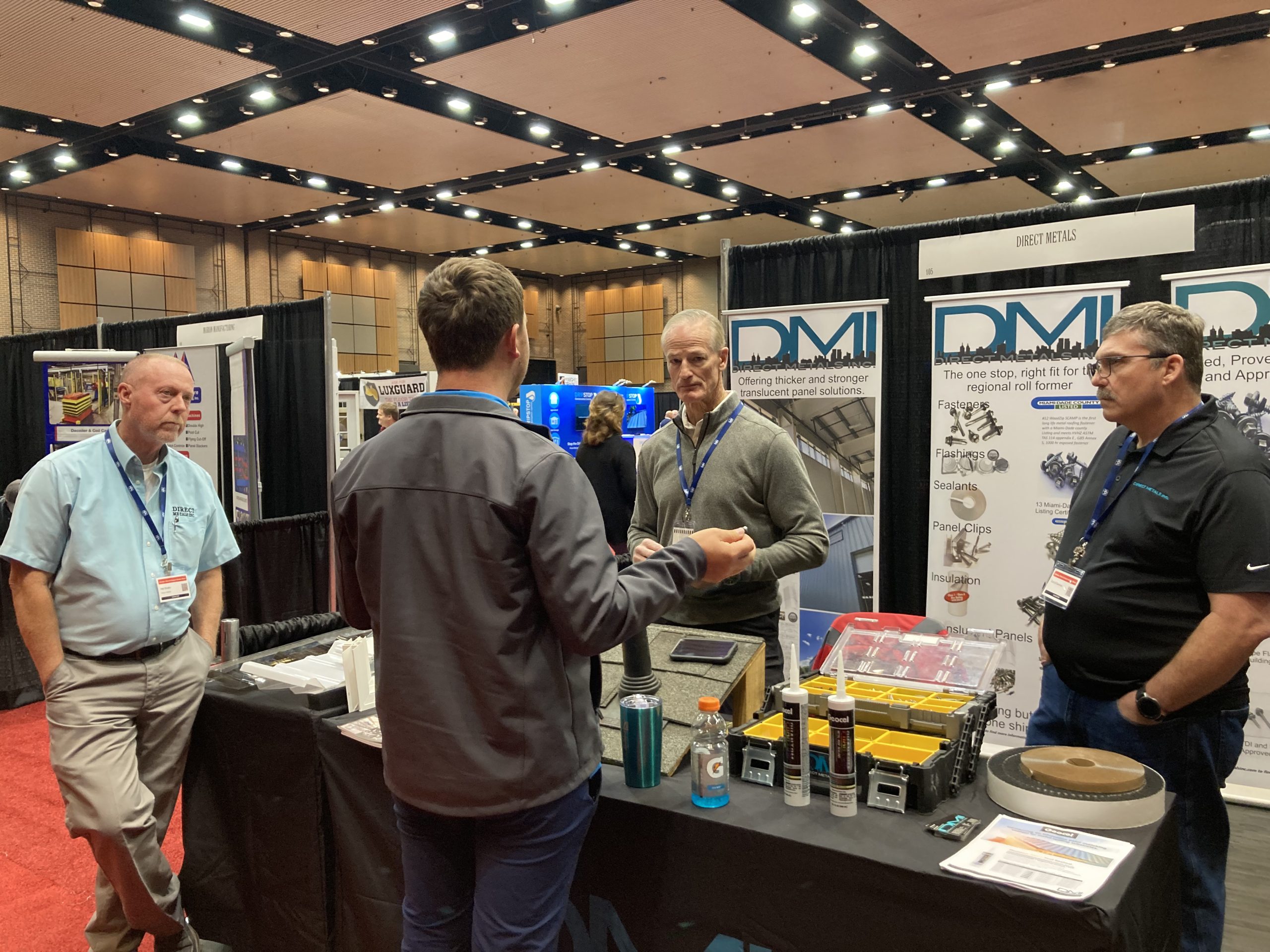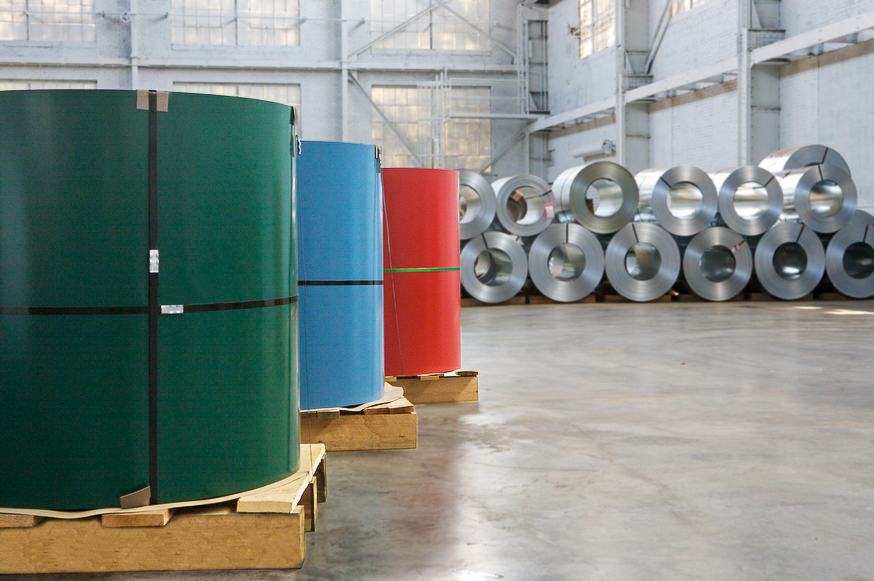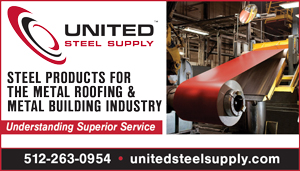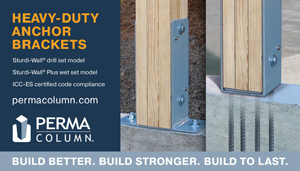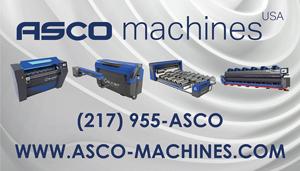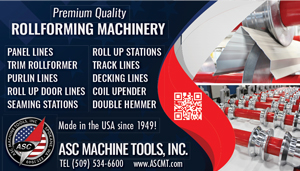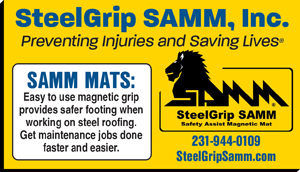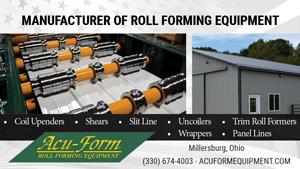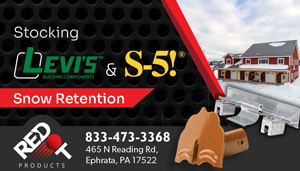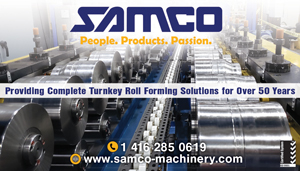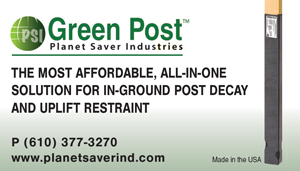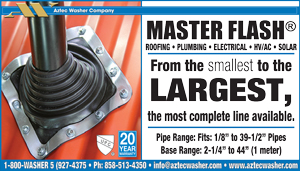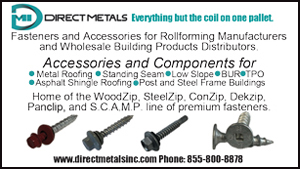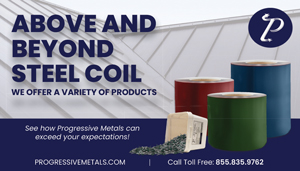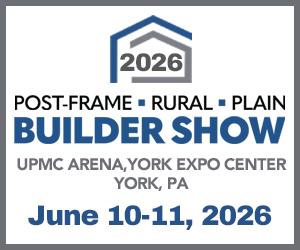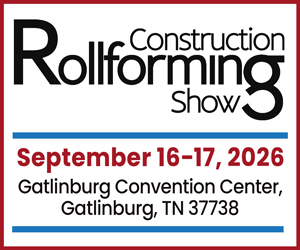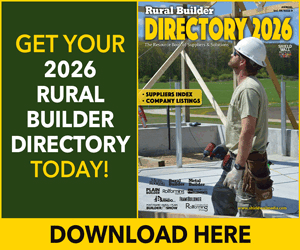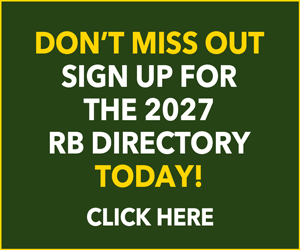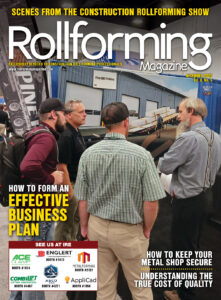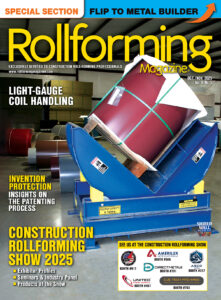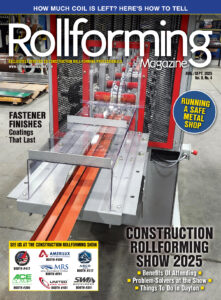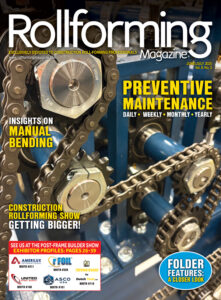By Gary Reichert
Fall has arrived. That means it’s time for the construction-related trade show season. Most big shows traditionally fall in Q3 or Q4 to avoid the active building season. It has been an interesting year for events in general; attendance is usually down and the organizations putting them on have difficulty planning because the situation can change in a day. This creates challenges for management, exhibitors and attendees.
Until the world returns to normal, I strongly recommend that you have a way to communicate with show management. We have had to postpone two shows. One of our biggest concerns was notifying potential attendees. Shows have contact information for exhibitors and attendees who pre-register. If the dates change and you have registered in advance, you should be notified of the change.
If you plan to attend and pay at the door, the show has no way to know that; they can’t contact you. Advertising in print and most media is placed and cannot be changed approximately a month before you receive it. If there are changes in mask requirements or lock downs in the weeks preceding the show, it may not be reflected in the advertising.
With the current rapidly changing landscape, pre-registering is more important than ever. Mandates and social requirements provides the show a reason and the information necessary to notify you of changes.
You should not have to worry about your payment for the show. Exhibiting or attending a trade is a pre-payment for a service. If the service is not provided, a reputable show will refund 100% of your money. In most states keeping money for services you were unable to provide is illegal. In all cases it is unethical.
As with most things, the first step in your planning process is to establish clear objectives. Why are you going to the show? How will you judge the outcome? Ideally you had objectives before arriving. The objectives are important in choosing which show to attend.
Find the ‘Right Show’
Companies attend shows for different reasons. Define your reasons.
• Are you looking for new products or business opportunities, or different sources for products you already use?
• Are you looking for Continuing Education or training for yourself or your crews?
• Are you looking to network among peers?
• Why are you going to the show?
Determining what you want to get out of attending a show will help determine which shows you should attend. This will affect the type of show, the size of show and the location, but the size and nature of your business also impacts the type of show that will meet your needs.
If you are a small contractor looking for new sources of building materials, you should look at small shows. National shows will have manufacturers, but most manufacturers are not set up to sell in small lots. If you can buy in pallet, container or truckload quantity, then talk to the manufacturer. If you buy in relatively small quantities you may have better luck at smaller or regional shows.
It you are looking at Continuing Education Credits, crew training or certifications then look to national shows. Many national shows are associated with trade associations and place an emphasis on education.
Attendee Do’s & Don’ts
You have found a show, the sun is shining, your travel goes perfectly and you arrive at the show. How do you make the show a success for you and your company?
Here are five ways to make the show a success for you plus five pitfalls to avoid.
Top Success Factors
#1 Focus on your goals.
One of the current buzz words in the event industry is User Experience. Happy hour, keynote speakers, panels, contests and a host of things happen designed to make the event fun. Take advantage of all of them and enjoy yourself. But, complete your objectives first. If you are there to find suppliers, work the show floor first. Your show can be a win if you miss a happy hour; it can’t be a win if you don’t fulfill your reason(s) for going.
#2 Work the Show Floor.
At national shows there are often too many exhibitors to see in a single day. If any of your goals include exhibitors, make a hot list before you go. These would be the exhibitors most likely to provide the product or service you want. See them first. If you can, try to schedule appointments prior to the show. The first day of a show is the busiest day. You may have better success prospecting on the first day and scheduling a time to meet later. The last day of a show is usually slow. Use Day 1 as a quick introduction and qualifying day, then schedule appointments for a slower time when you will have the rep’s undivided attention.
#3 Be observant and prepared for opportunities in strange places.
Most shows have print badges. These typically have the company name, the person’s name, and whether an exhibitor, presenter or attendee. No matter your objective, you need an elevator pitch. You need to communicate why the person should be interested in you in 15 seconds (how long you have between floors in an elevator). You also need a way to provide information to them, or exchange information, so they can follow up. This means ALWAYS having a pen and business cards. I also make certain our business cards are blank on the back so you can add notes. If the person does not offer a card of their own, you can write “Bob from XYZ Fasteners” on the back of one of your cards and it will help you follow up.
#4 Have a “Why I’m a big deal” 10-second pitch.
The great thing about trade shows is they condense a month of people, businesses and opportunities into a few days. This is true for the presenters and exhibitors, as well as attendees. When you are meeting new contacts, you need to be able to communicate who and what you are succinctly. A sales person working a booth is hunting for existing customers and potential future customers. If they do not see you as a viable prospect and an existing customer comes up, it is perfectly natural and reasonable for them to find a way to move on. If you are a legitimate potential customer, they will appreciate knowing and devote the time you deserve. If you are just shooting the breeze, have the courtesy to allow them to do their job and move on if it is busy.
#5 Be aware of the schedule.
Certain times are busy and some are slower. With trade shows there is a pattern. Think about the pattern and use it to your advantage. When the show first opens, a huge influx of traffic occurs. Ninety percent of attendees start at the front of the show floor. If you have a hot list of exhibitors, start with the ones at the back of the show floor and move to the front late in the day.
The first day of the show is the busiest and the last is the slowest. Attendees leave the floor late in the day. Often the first hour of the show is slow on days following social events. Take advantage of the natural ebb and flow.
Top 5 Pitfalls to Avoid
#1 Travel problems.
I recently missed a trade show because of flight issues. That is a normal part of travel, especially in light of worker shortages and Covid. Spirit Airlines canceled my outbound flight twice, so I opted not to go because I would have missed the appointments I had scheduled during the one-day trip. The hotel charged me a night because I did not cancel 24 hours in advance. Mostly because the flights were not cancelled 24 hours in advance. The customer service for the airline is horrendous and after a month I have not received a refund for either leg of the flight. Other than saying unkind things about Spirit, there is a point. Consider travel insurance if it provides a refund. The travel insurance gives you a dedicated contact when challenges occur and it may be worthwhile.
#2 A contact doesn’t follow up with you.
Plan to follow up with everyone that is valuable after the show. Often waiting for a sales person to chase you may be a negotiating strategy, but at a show it is likely to backfire. In the old days sales people would sort through collected business cards at the end of the day. If they were valuable there would be a brief note. Often just a card. When they see 100 people in a day it is not reasonable to assume they will remember every detail about every person. If they are related to your objectives, get contact information so you can follow up with a call or email after the show. Many shows are getting away from badge holders. Mine usually holds my cards, the cards of people I spoke with and a pen. If the contact is important, take control and get what you need to follow up.
#3 Lost business cards or
contact information.
Trade shows have many moving parts. People collect cards, literature, swag and a flood of impressions. Make sure to sort and categorize everything while it is fresh in your mind. You will remember the conversation for a few hours. If I wait a week, I can guarantee I will forget the person’s name and what we discussed. Write a follow-up report for yourself every night. If you have a cell phone, take pictures of each business card. Cards are easy to misplace, or get stuck inside literature or free magazines and discarded.
#4 Carrying 30 pounds of magazines and literature you will just throw away.
Shows are great for landfills. Tote bags or backpacks are one of the more popular items of swag. Unless you are exhibiting, don’t bring literature. As someone who has stood in trade show booths, I can tell you with certainty, any paper literature you give them will not make it home. The person will also be reluctant to tell you they threw it away. If you have information you need to communicate, follow up and send it after. Then they receive it, and will actually have time to review it.
#5 Getting ejected from the show.
Please be considerate and do not try to sell things on the exhibit hall floor unless you exhibit. Networking is great. Introducing yourself is great. The companies that exhibit are there to sell. It is why they paid for the booth and supported the show.
Some companies are unable or unwilling to exhibit, but everyone is capable of being considerate. If it is one of our shows and you are selling as an attendee (not an exhibitor), you will be required to stop. Please do not put yourself or show staff in an awkward position.
There are many do’s and don’ts for trade shows. The one line to summarize a lot of rambling is: Pick the right show for you and remember why you are there. Everything beyond that is mechanics.
Hopefully I will see you on the exhibit hall floor. RF



